How to Configure ‘Send Do not Track’ Requests for Microsoft Edge?
Nowadays, most sites will learn about the interaction of the user with their sites. This can include the tracking of the visited pages, clicked links, and products that you purchase. By collecting this data, these sites will offer the recommendation or ads that relate to your data. Microsoft Edge provides a Do Not Track feature that will send the request to these sites if enabled. It will send the Do Not Track requests to both sites you visit and the third parties whose content is hosted on those sites. However, it will still depend on sites, if they want to respect the request or ignore it. In this article, we will show you methods through which you can configure the Do Not Track feature for Microsoft Edge.
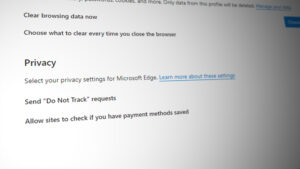
The Local Group Policy Editor is only available for the Windows 10 Pro, Education, and Enterprise editions. If you are using the Window Home edition, then we suggest you skip using the Group Policy Editor method. You can use the Registry Editor method, which is the alternative to the Group Policy Editor method.
Method 1: Configuring in the Microsoft Edge
The basic method for configuring this feature is by using Microsoft Edge’s settings. The browser settings have an option for Send Do Not Track Requests under the privacy section. Any users can enable and disable this feature. However, if you want to prevent the changing of this setting, then try using the Registry Editor or Group Policy Editor method. For normal configuration, follow the below steps and check it out:
- Open the Microsoft Edge by double-clicking on the shortcut or searching it through the Windows search feature.
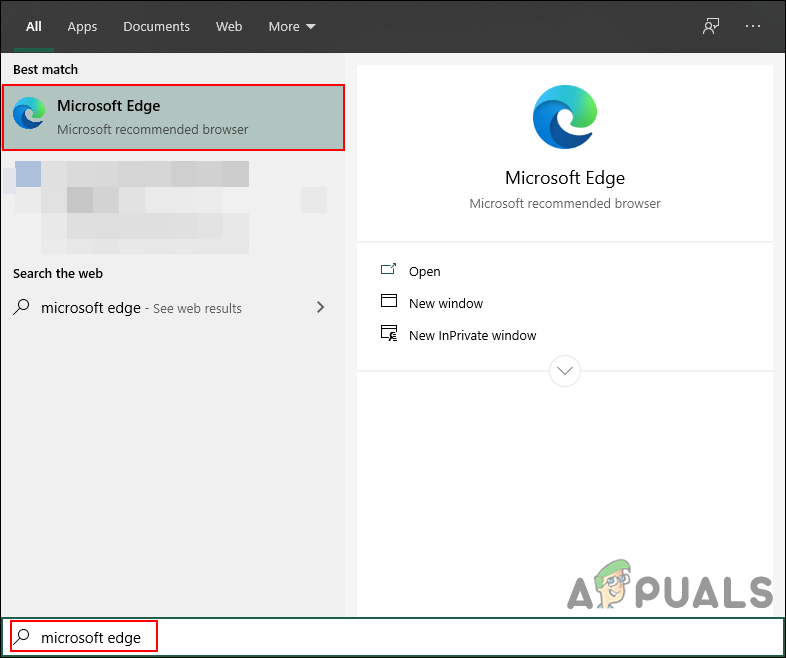
Opening Microsoft Edge - Click on the Settings and More option at the top right corner. Now select the Settings option from the list.
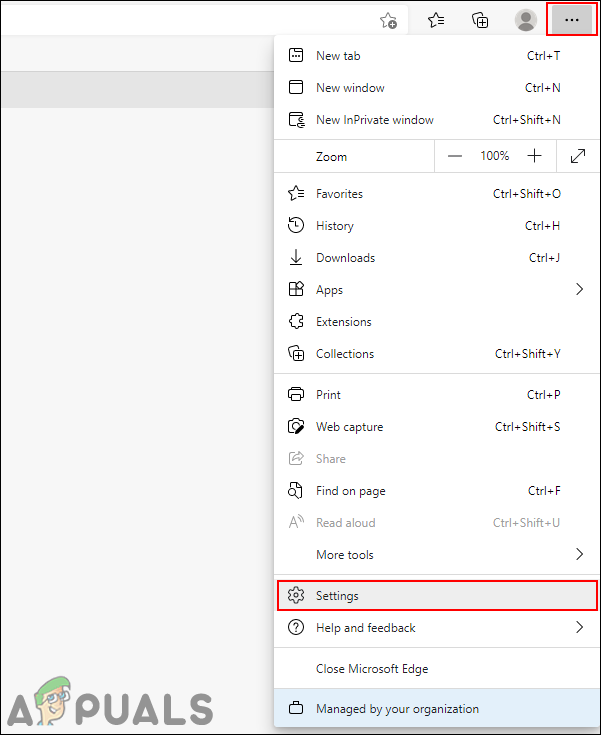
Opening Settings - On the left pane, select the Privacy, search, and service option. Now scroll down and you will find the Send “Do Not Track” requests option under the Privacy section.
- If you turn ON the toggle, it will enable this feature and send do not track requests to the sites. If you turn OFF the toggle, it will disable this feature and do not send requests to the sites.

Configuring the Do Not Track feature
Method 2: Configuring through the Registry Editor
The Windows Registry contains all the settings for the operating system and applications. This is the alternative method for Windows Home users. Everything that can be configured through Group Policy Editor, can also be configured in the Registry Editor. However, it requires few technical steps to create the missing key and value for that specific setting. Follow the below steps to configure the Do Not Track feature in the Registry:
Note: This setting can be applied in both the Current User and Current Machine hives. The path will be the same but the hives will be different. You can choose the hive that you want to set the setting for.
- Hold the Windows key and press R to open a Run command dialog box. Now type “regedit” and press the Enter key or click on the Ok button. It will open the Registry Editor and if prompted by UAC (User Account Control), choose the Yes option.
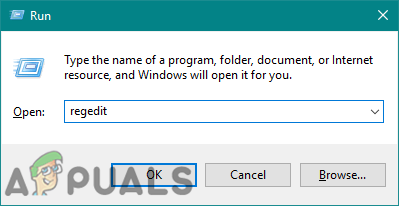
Opening the Registry Editor - Before you make any new changes in Registry, you can create a backup for safety. Click on the File menu in the menu bar and choose the Export option. Now name the file and select the location where you want to save it. Click on the Save button to save the backup.
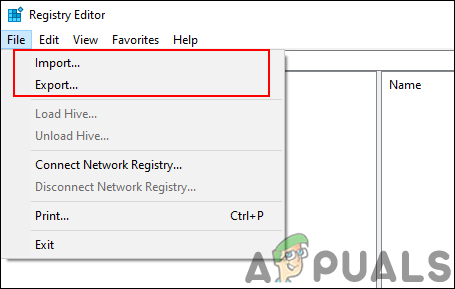
Creating Registry backup Note: You can always recover backup by clicking on the File > Import option and then selecting the backup file.
- In the Registry Editor window, you need to navigate to the following path:
HKEY_LOCAL_MACHINE\SOFTWARE\Policies\Microsoft\Edge
- If the Edge key is missing in the above path, you can right-click on the Microsoft key and choose the New > Key option. Then name that key as “Edge“.
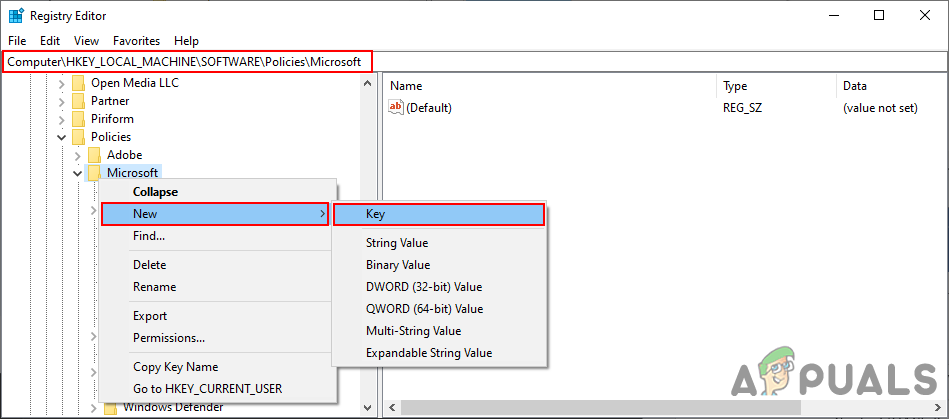
Creating the missing key - Select the Edge key, right-click on the right pane and choose the New > DWORD (32-bit) Value option. Now, name this newly created value as “ConfigureDoNotTrack“.
Note: For the older version of the Edge, the name of the value will be “DoNotTrack“.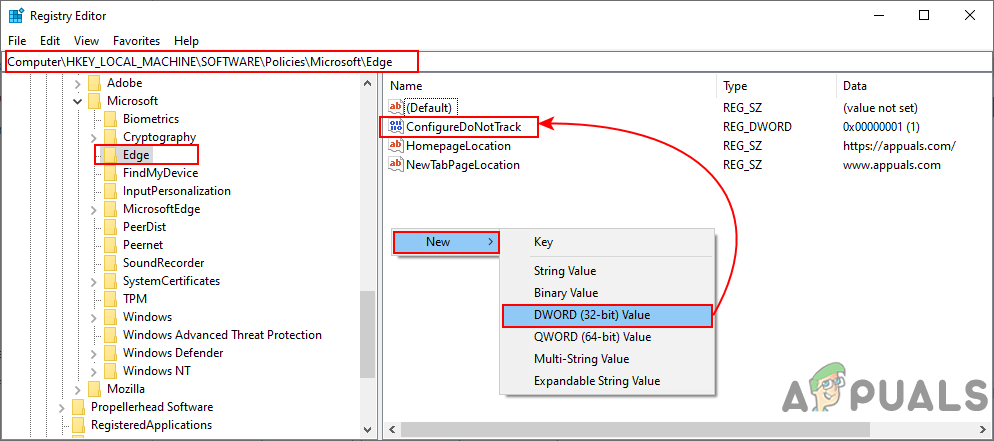
Creating a new value - Now double-click on the ConfigureDoNotTrack value and it will open a small dialog. Now to enable the Send Do Not Track Requests, type the value data 1. To disable the Send Do Not Track Requests, type the value data 0.
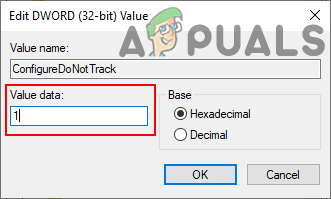
Changing the value data - Once the configurations are made, make sure you restart the system to apply these changes.
- If you want to make this feature available for the users in the Microsoft Edge settings, then simply remove the ConfigureDoNotTrack value from the Registry Editor.
Method 3: Configuring through the Local Group Policy Editor
The Local Group Policy Editor method is a bit easier than the Registry Editor. However, the latest Microsoft Edge Chromium requires the latest policy files for configuring this setting. You will have to download the policy files and then copy them to your system. Due to this it becomes a bit complicated and takes more steps to accomplish the task.
Important: Before downloading new policy files, first check in the “Computer Configuration\Administrative Templates\Windows Components\Microsoft Edge” and “User Configuration\Administrative Templates\Windows Components\Microsoft Edge“. If the same setting is available there, then try using that and see if it works for your Microsoft Edge. The older policy settings don’t work for the latest Microsoft Edge Chromium.
Note: The Group Policy Editor isn’t available for the Windows Home Edition users.
- Open your browser and visit the Microsoft site. Select the version details for Microsoft Edge and click on the GET POLICY FILES. It will start downloading the latest policy files for Microsoft Edge.
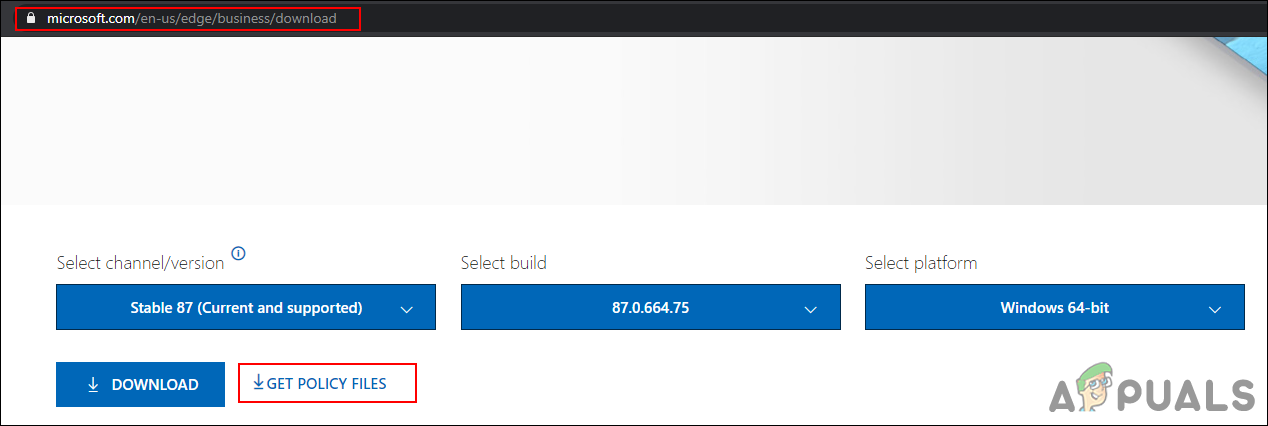
Downloading the new policy files - The file will be downloaded in Zip format. Extract it by using the WinRAR or a similar application as shown:
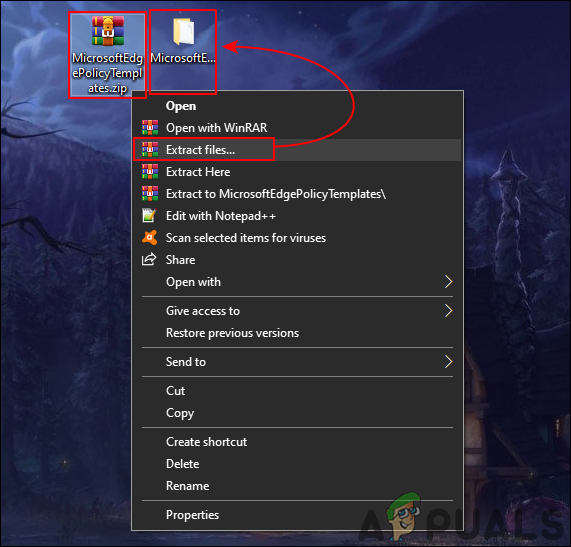
Extracting downloaded file - Open the extracted folder and go to “MicrosoftEdgePolicyTemplates\windows\admx” path.
- Now copy the “msedge.admx” and “msedge.adml” files and paste them into the system’s “C:\Windows\PolicyDefinitions” folder.
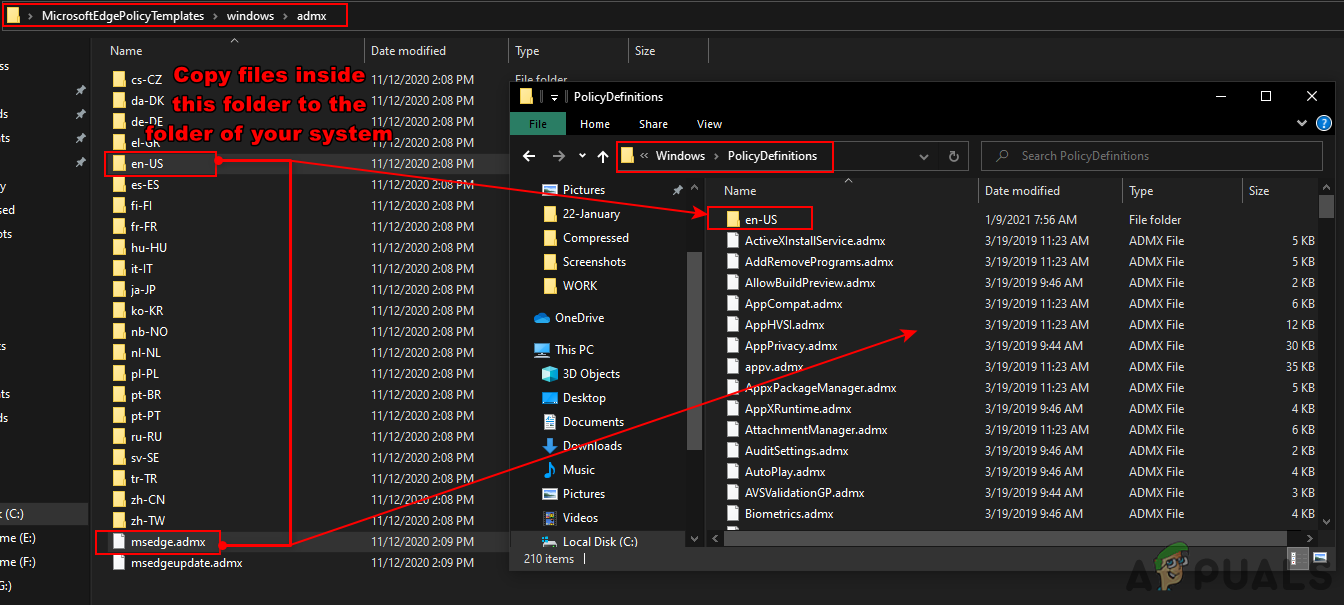
Copying files Note: The language file “msedge.adml” should be copied to the language folder.
- If the new policy files don’t appear in the Group Policy Editor, then restart the system.
- Press the Windows + R keys together on your keyboard to open the Run dialog. Now type the “gpedit.msc” and press the Enter key or click on the Ok button. This will open the Local Group Policy Editor on your system.
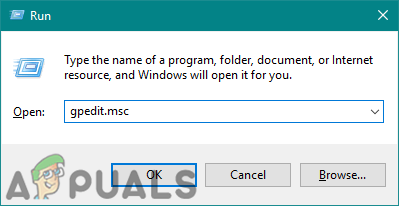
Opening the Local Group Policy Editor - Now in the Local Group Policy Editor window, navigate to the following path:
Computer Configuration\ Administrative Templates\ Microsoft Edge

Navigating to the setting - Double-click on the setting named “Configure Do Not Track” and it will open up in another window. Now if you want to enable this feature, select the Enabled toggle option. If you want to disable this feature, select the Disabled toggle option.

Configuring the setting - After changing the toggle option, click on the Apply/Ok button to save the changes. Depending on your chosen option, it will change the setting in the Microsoft Edge.
- You can always revert this back to default by changing the toggle option to Not Configured in step 8.





